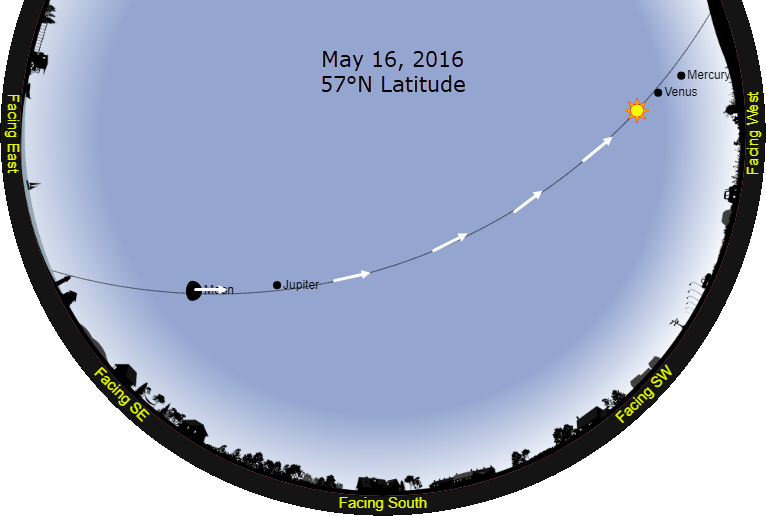Below is a photo that my son took in Scotland showing the sun and moon at the same time. I immediately noticed this anomaly that the light illuminating the moon could not possibly come from the sun. I sent the photo to 4 University astronomy departments and only one responded and that was Cambridge University which is near where I live. The response came from the department librarian (not an astronomer) who said he had never heard of this before. He gave me two possible solutions, one was was from an engineer (not an astronomer) in which he got confused between perspective and light ray tracing and the other was referring to Einstein's theory of light bending by gravity. I check out Einstein and the effect was so small as to be almost immeasurable.
I have looked at the various 'complex' explanations for what to me is a very simple model. What need is there to introduce 'curved planes' and 'starry sky domes' all of which do not exist in reality? It is only referred to as an 'illusion' because observation doesn't fit the conventional model hence the complex explanations to try and make it work. The anomaly is acknowledged to exist with or without photos. Since everyone believes that the moon is illuminated by the sun then simple normal physics do not seem to work. Either the physics is wrong or the sun does not illuminate the moon. I realise that is a heavy statement!
Therefore I state once again:
- The sun and the moon are two objects (like a torch and a football) that are suspended in a 3 dimensional space and size should not matter.
- The moon/football are illuminated by the sun/torch and a perpendicular line or light ray can be drawn between them.
- It doesn't matter where in space you choose to view them, a perpendicular line or light ray can still be drawn between them.
This drawing explains my doubts:
I'm very surprised that some of you have never noticed it before hence the suggestion asking me to post a video. This is a very common occurrence and I have seen it many many times as I go for my morning walk at about 8.00am every morning. I have never thought of actually tabulating my observations.













